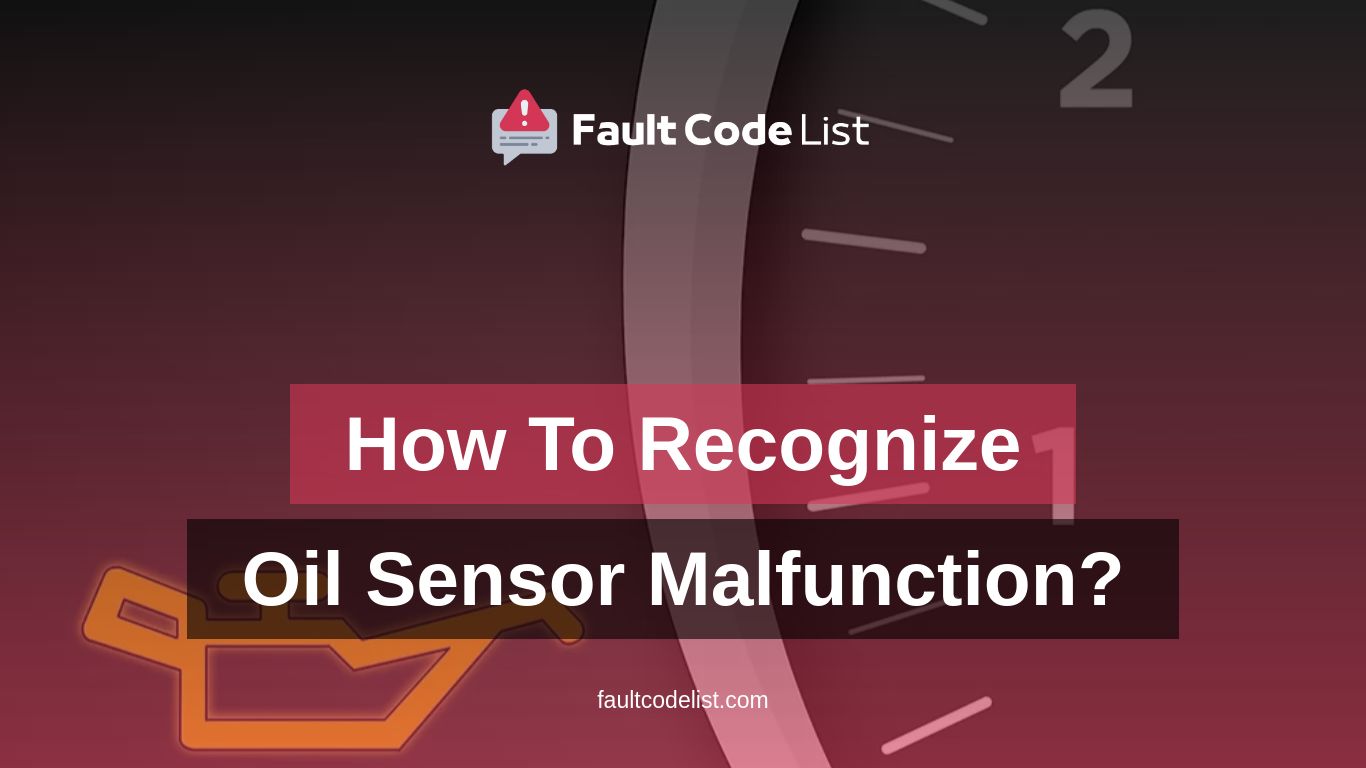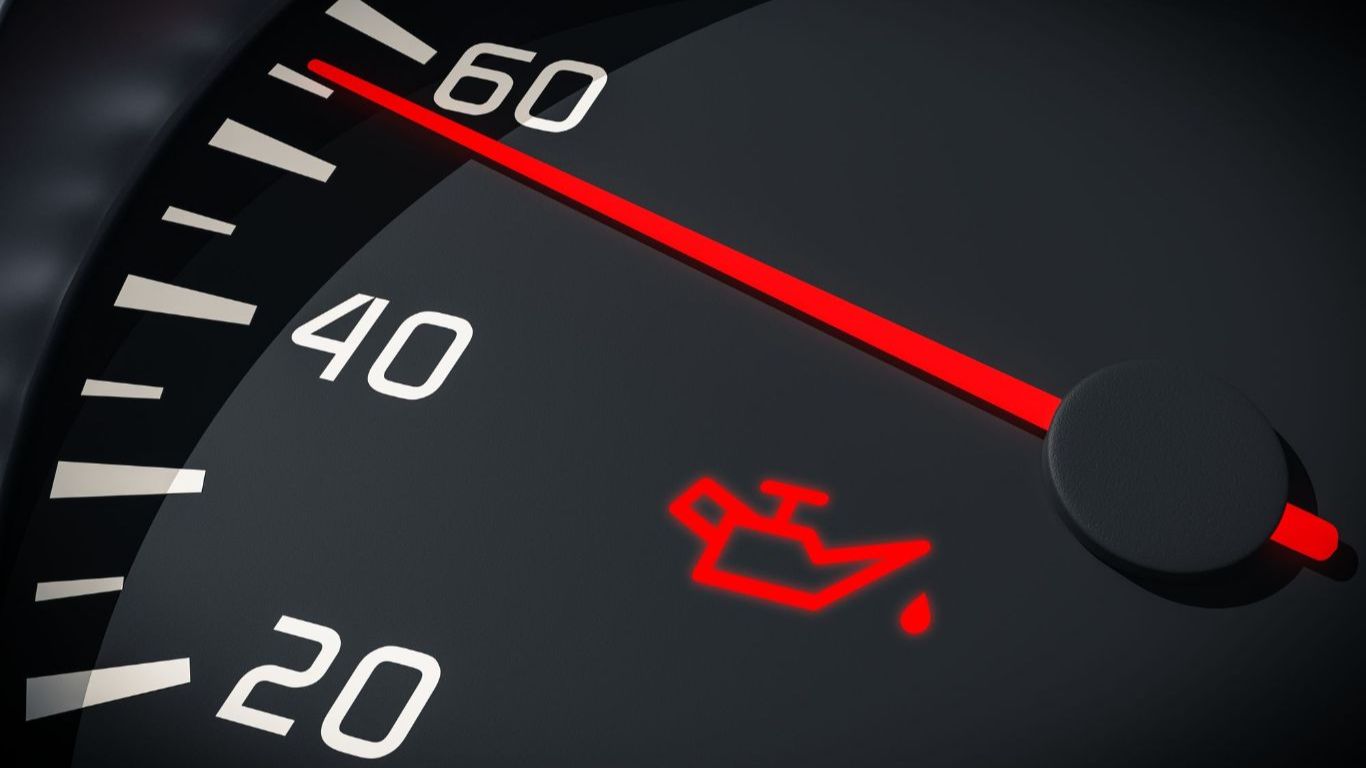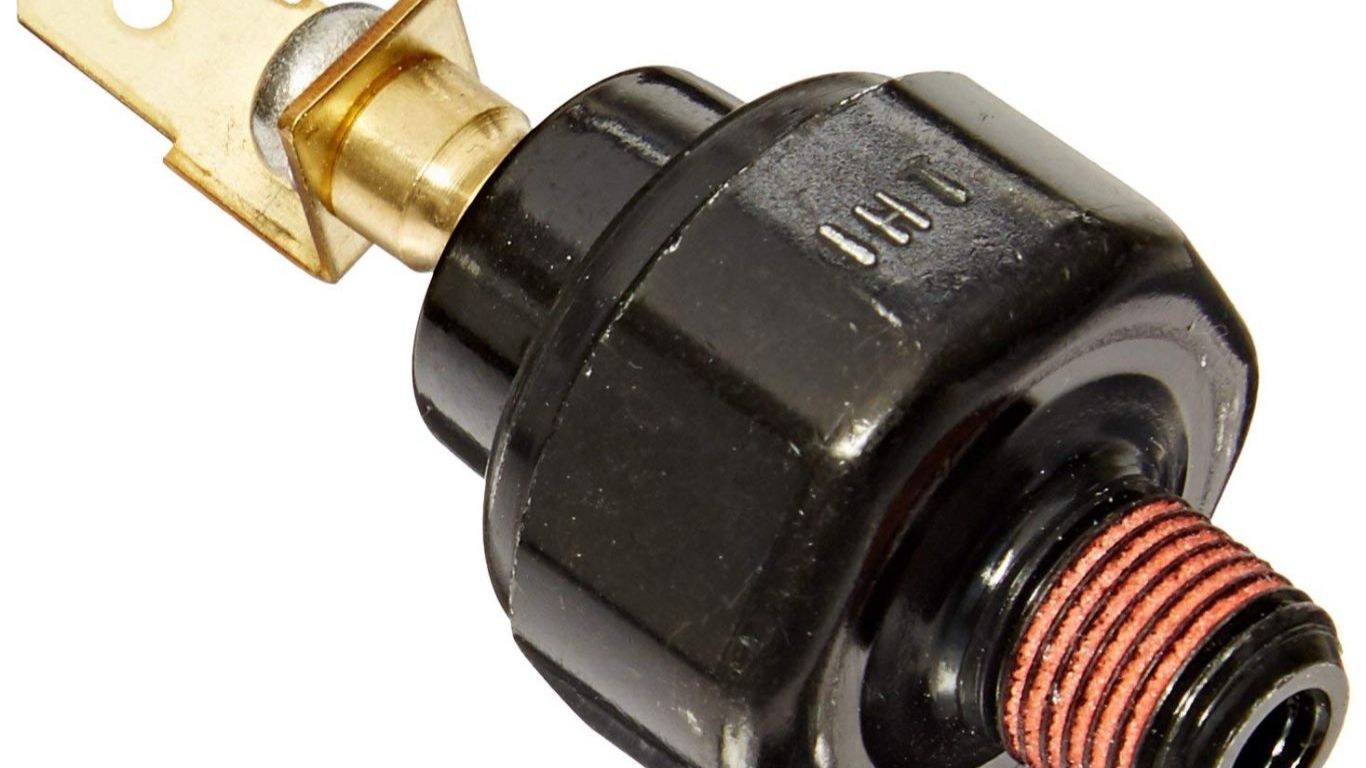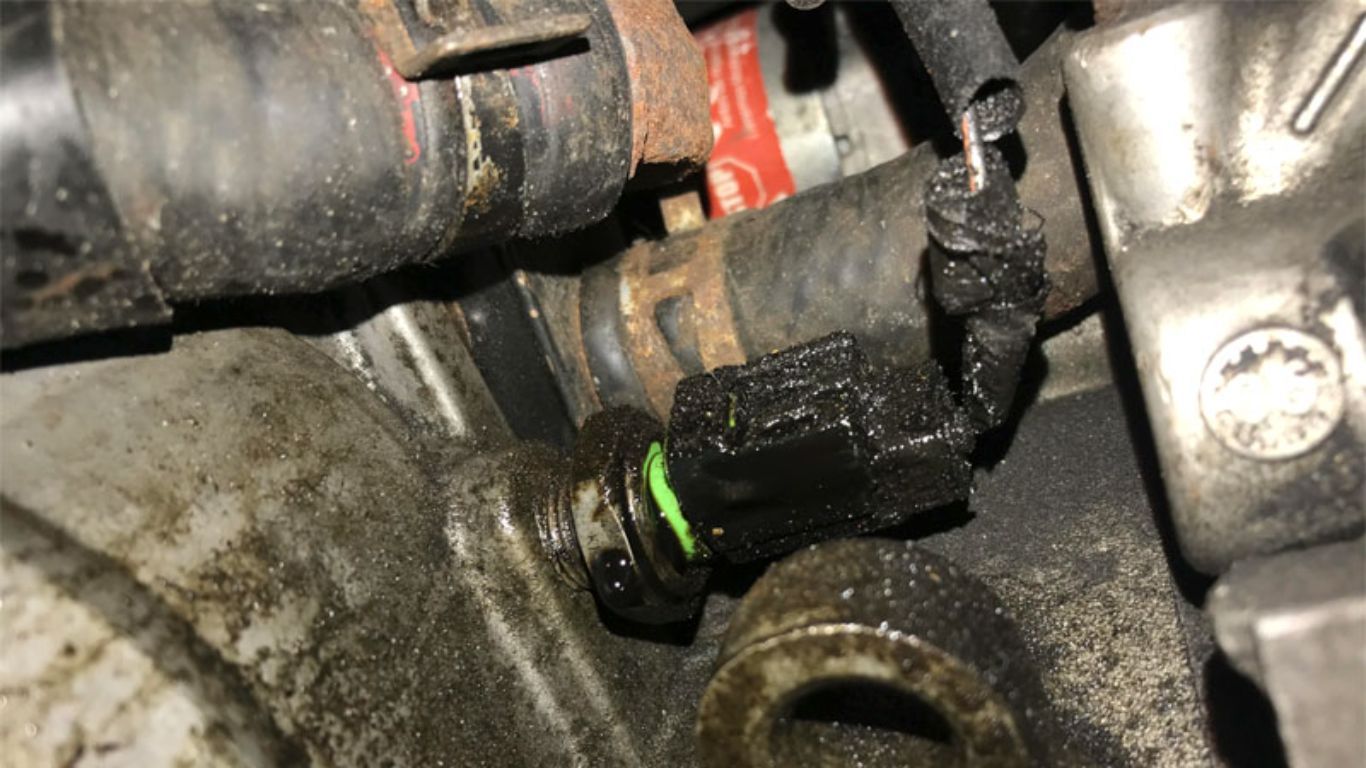In order for the engine to work in the most accurate way, many parts and materials must fulfill their duties correctly. One of these is the oil sender. The other name of this part is the oil pressure sender.
The task of this part is to accurately measure the pressure of the oil pumped into the engine and transmit it to the engine control unit. In this way, the engine control unit called ECU will signal the driver that there is a problem by turning on the oil lamp on the dashboard in case of a malfunction.


So how exactly is the oil sender malfunction understood? What to do if this part shows malfunction. Now we will try to give detailed information on these important issues.
How to recognize a malfunction?
We tried to explain the task of the oil sender to the knees about the oil sender. When a malfunction occurs, try to convey how it is transmitted. There are certain situations that will cause this lamp to light and cause the engine to give a warning. First of all, the oil sender has a certain lifespan like many parts. This part may have completed its life and lost its function. Another situation is that the system that helps pump the oil may be broken.
Or the amount of oil required by the vehicle may have fallen below a certain level. If the critical level for this has been opened, the system will automatically malfunction, telling the driver that it is necessary to add oil to the engine in a short period of time.

Checks must be done to understand why this problem is happening. First of all, you should stop the engine immediately after the warning lights come on. In this case, the longer it runs, the more likely it is that the problem will cause major damage. It is very inconvenient to run in this way. Now let’s talk about what needs to be done.
It is useful to wait in this way for about 10 minutes until the vehicle engine cools down. Then the engine oil level of the vehicle should be checked. For this, it is necessary to get help from the dipstick. After the dipstick is pulled and cleaned, the level can be easily learned by putting it back in place and pulling it again. With this process, the oil level will be learned. If it is below the critical level, oil should be added. If the level does not show a problem, you can assume that there is another point in the problem.

If the engine sound is very noisy and jerky when you start it again, you can assume that the problem is with the pump. However, if there is no problem in the running condition, it will be understood that there is no problem with the oil level of the engine and the pump.
In this case, you can understand that the broken point is the oil sender. Regardless of the problem, it is not recommended to use the vehicle in this way. The vehicle must not be restarted and must be taken to the service with the help of a tow truck. If the driver restarts the vehicle and takes it to the service in this way, the problem that will most likely arise will be bigger and the cost will increase that much. It is useful to be careful in this regard.
